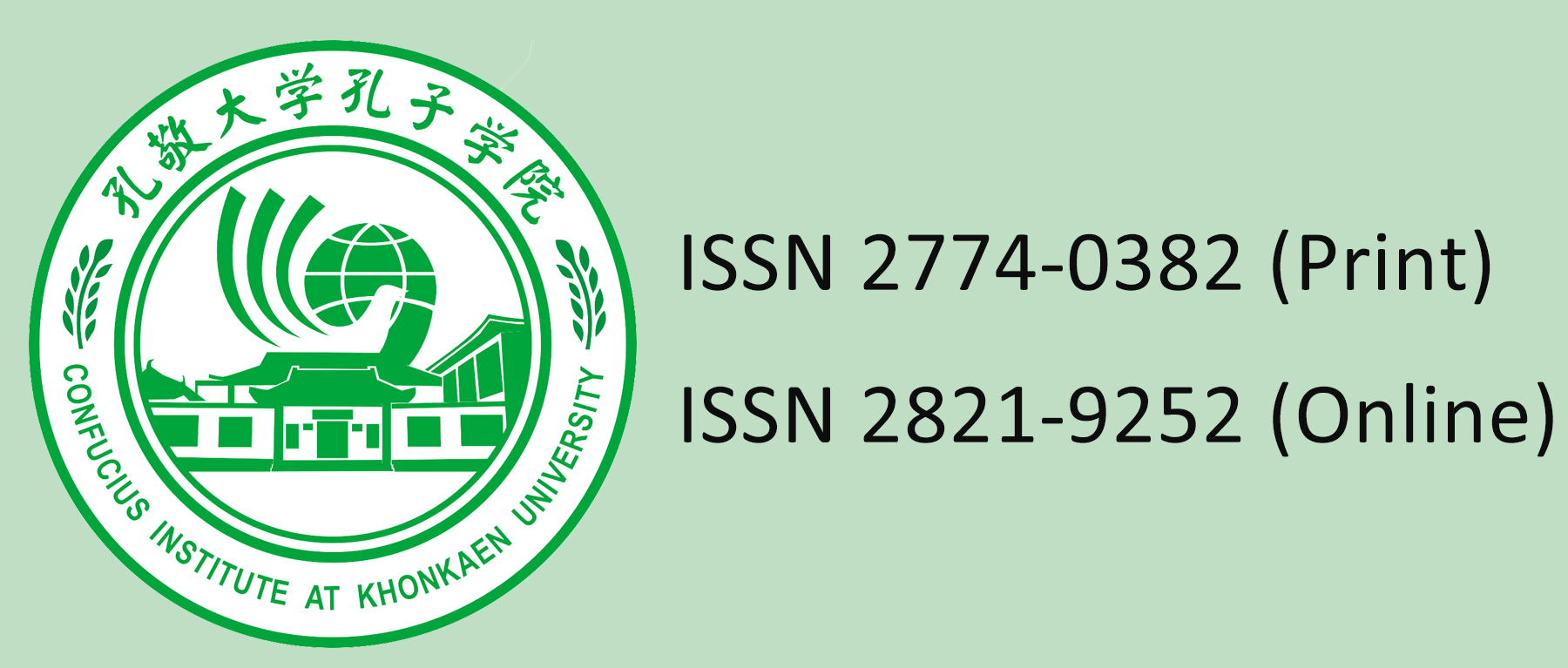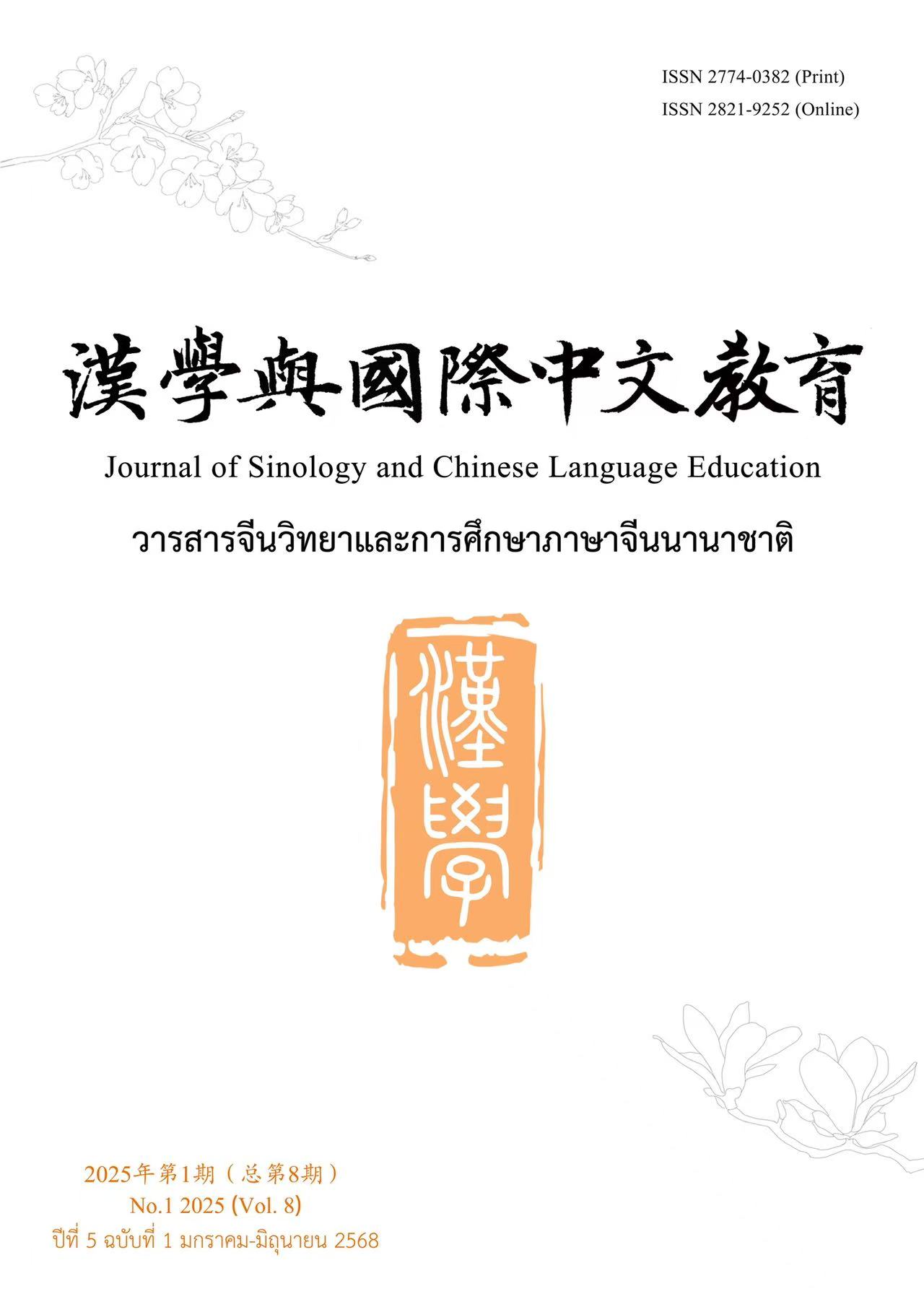A Study of Strategies for Translating Thai Cuisine Names into Chinese: A Case Study Based on Shanghai Mei-tuan Platform
Main Article Content
Abstract
This research examines the translation of Thai food names into Chinese on the Mei-tuan platform in Shanghai. The study analyzed 207 food names from over 20 menu items at four selected Chinese restaurants with overall ratings exceeding 4.5 points. The findings indicate that eight translation strategies are used for Thai food names on the platform: literal translation, renaming, transliteration, use of equivalent terms, addition of words, omission of meaning, use of generic terms, and cultural adaptation. Notably, literal translation was the most commonly employed strategy, accounting for 54 names, followed by renaming with 45 names. In contrast, cultural adaptation was the least utilized method, applied to only six names. The results suggest that literal translation is the preferred method as it preserves the original meaning of Thai dishes in a clear and comprehensible way for Chinese consumers. Renaming is often used to make dish names more appealing and suitable for the tastes of the Chinese market. Other strategies, such as transliteration or using equivalent terms, are employed when no direct translation exists or when a close equivalent is unavailable. This study highlights the challenges of translating Thai cuisine names into Chinese, underscoring the need for careful consideration of both linguistic accuracy and the cultural context of Chinese consumers.

